
Inspire young nature lovers
Get wildlife activities for kids when you join the Woodland Trust and help us protect nature for future generations.
Find out about family membership
Content manager
Insects and other minibeasts need safe spaces to shelter, hide from predators and raise their young. You can help them by building a bug hotel in your garden or outside area.
We’ve got lots of ideas to suit your space, from large bug hotels that will house lots of creatures to small, cosy shelters that don’t take up much room.
You can build your bug hotel at any time of year, but you’ll find lots of natural materials around in autumn. This is also the time when many animals look for cosy places to hibernate over winter.
If you have some bricks, wooden boxes or pallets to hand, why not build a multi-storey minibeast mansion and treat your guests to some 5-star accommodation?
Divide it into sections and stuff each part with different natural materials. Dry leaves, twigs, hollow stems, dead grass, pine cones and bits of bark are ideal. They’ll help to create warm, dry spaces that will attract different creepy crawlies.
Good for: lots of different types of minibeast such as ladybirds, bees, woodlice and spiders. You might even get frogs or hedgehogs coming to stay.
Decaying wood is really important for wildlife. To make a log pile, simply collect small logs, large sticks and pieces of rotting wood. Pile them up in a damp, shady area of your garden, then stuff some dead leaves in the nooks and crannies to make it cosy.
Good for: centipedes, woodlice and beetles who like to burrow into decaying wood. Log piles may also attract birds, frogs and hedgehogs looking for a tasty snack!
Gather some pine cones and bundle them together closely so the scales interlock a bit. Stuff some dried leaves in the gaps.
Place the pine cones in a quiet corner of your garden shed or garage.
Good for: ladybirds and lacewings who will love to crawl into the crevices and hide among the leaves.
Gather some sticks and find an undisturbed, sheltered spot outdoors. Pile them up and stuff the gaps with smaller twigs and dry leaves.
Good for: ladybirds and lacewings who will love to crawl into the crevices and hide among the leaves.
Collect dried out, hollow stems and pack them into an old terracotta plant pot. You’ll need to cut or break the stems to the right length and pack them tightly so they don’t fall out, but not so tightly that they get squashed.
Find a dry spot that catches the winter sun and make a little ‘nest’ for your pot using a pile of stones. Place it so the open end is pointing downwards slightly to stop it filling with rain.
Good for: solitary bees who lay their eggs in hollow stems then seal the ends with mud.
This is a brilliant activity the whole family can take part in while helping the wildlife on your doorstep. For more ways to enjoy nature together, take a look at our family membership.

Get wildlife activities for kids when you join the Woodland Trust and help us protect nature for future generations.
Find out about family membership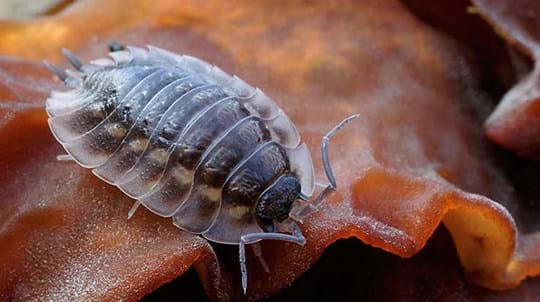
Blog
Danielle Wesley • 13 May 2019
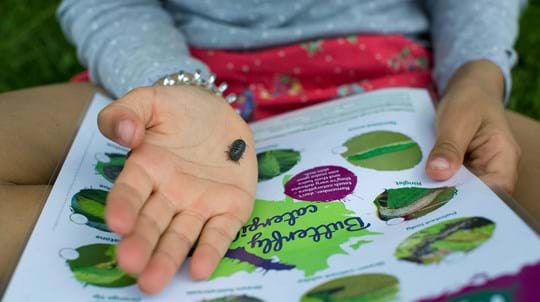
Blog
Danielle Wesley • 26 May 2023
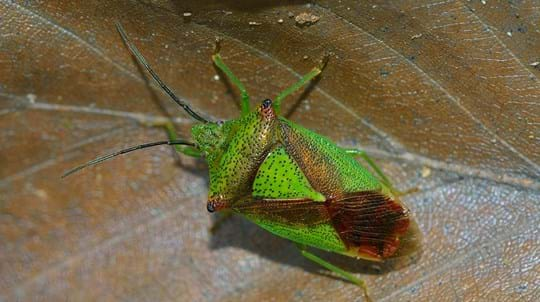
Trees woods and wildlife
Find out more about bugs - the common woodland residents with their piercing and sucking mouth parts.
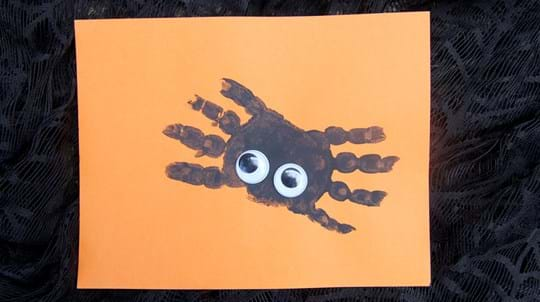
Blog
Danielle Wesley • 10 Jun 2019
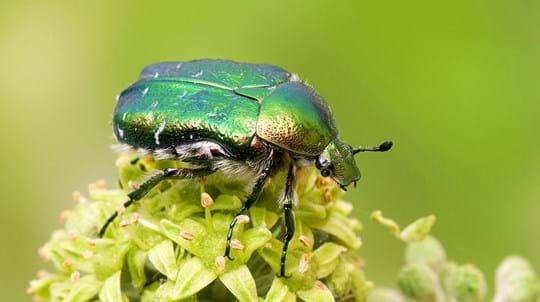
Trees woods and wildlife
Get the lowdown on woodland beetles that rely on trees and the woodland ecosystem, from decaying wood to dead animals.